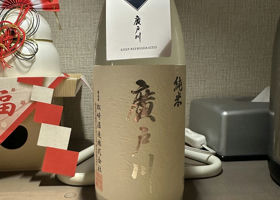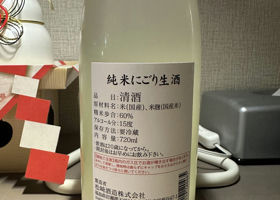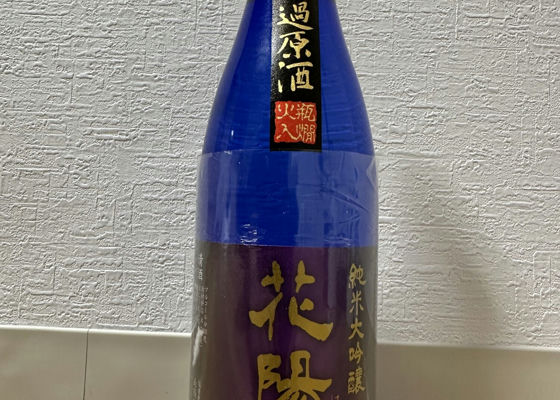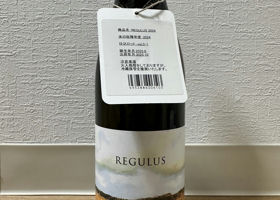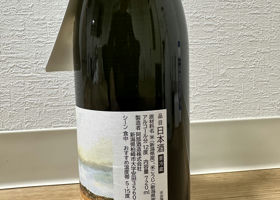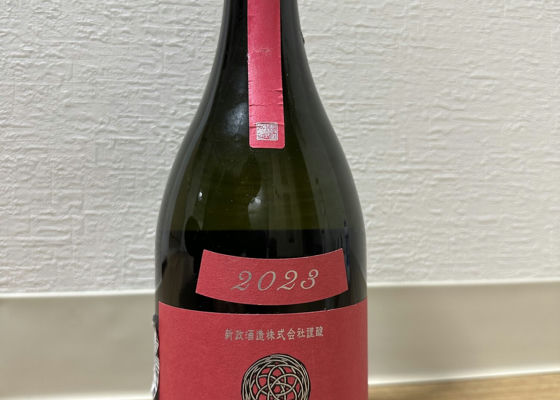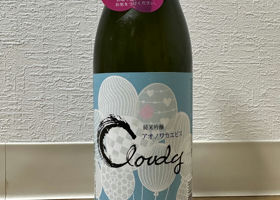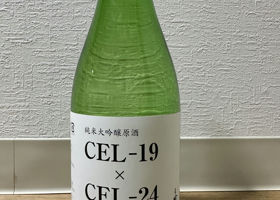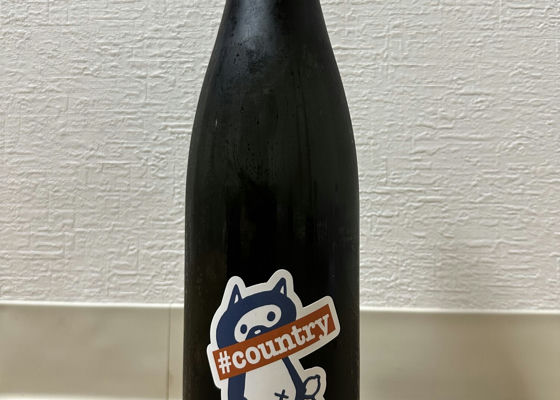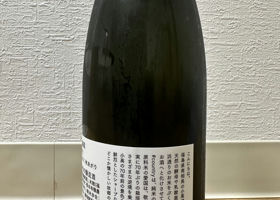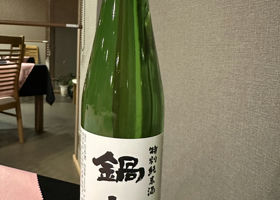
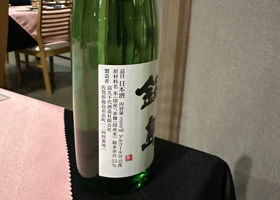
ロト
New Year's Day (3)
I found this at a ryokan, so I ordered it without much expectation and hit the jackpot!
There was no mention of it being a draft sake or anything, but I could feel the gas and it was very fruity.
As expected of Nabeshima.
I have not bought much of it so far, although my local liquor store carries it, but I will be more proactive in buying it from now on!
Japanese>English
